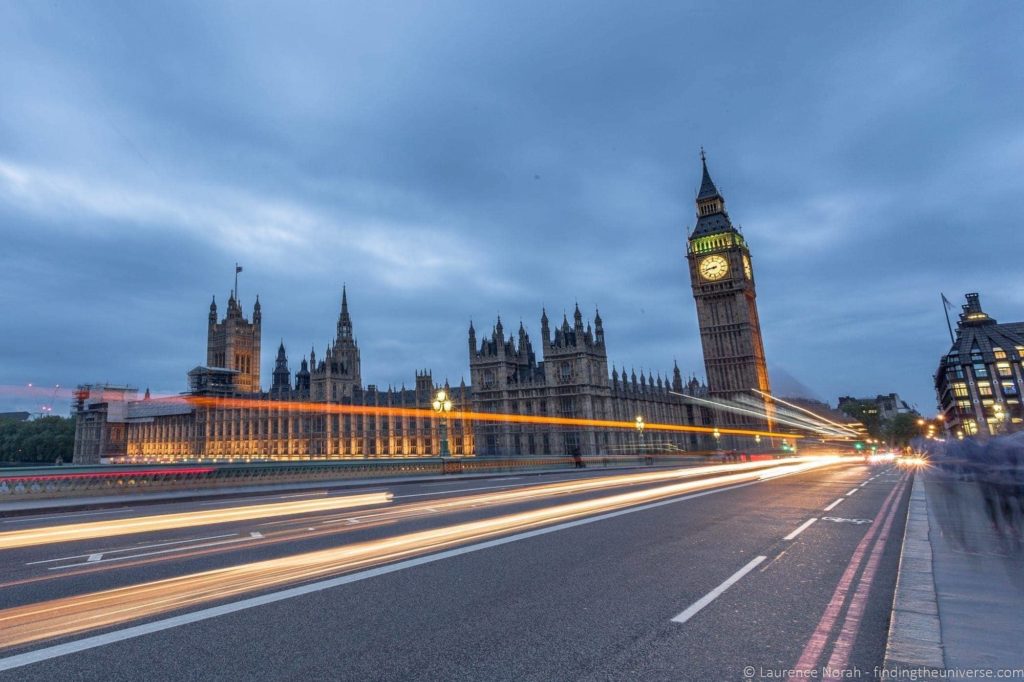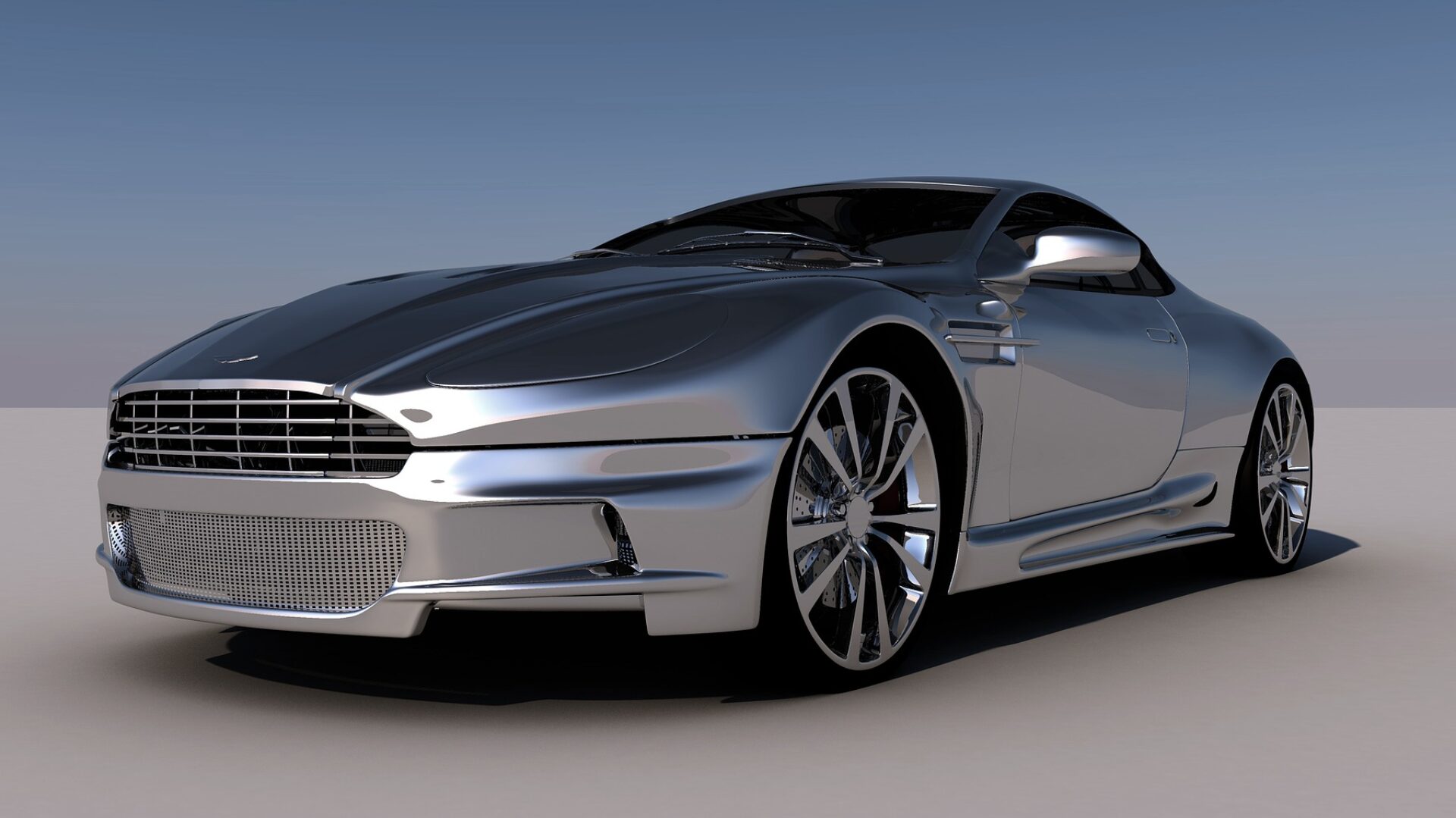
A majority of foreign visitors arriving in the UK often find driving on the left-hand side unusual. It may take some time for your mind to switch and adopt when you are from a country that drives on the right side. To help adjust quickly, take some two to three days to learn. You can take some online driving practice lessons before you arrive. This will help you to become familiar with and avoid accidents. If you are a visitor arriving from Canada or the US, it is important to keep in mind that most cars in the UK are manual, making things more complicated. You can use online review sites as UK.collected.reviews to look for companies that rent out cars and seek them to offer you automatic vehicles. This article aims to makes it easy to drive for visitor’s arriving in the UK by providing a UK’s visitors driving guide.
Legal requirements
Coming with your car to the UK
If you choose to bring your vehicle for your trip to the UK, you need to be privy to a few things
Papers you need to carry
- Vehicle ownership document
- Your ID or Passport
- A valid driving licence
- The European Economic Area (EEA) mutually and fully recognizes all valid licences across.
- Breakdown and Accident cover
- Check if you’ve got a comprehensive cover- This is typically recognized across European countries. It covers expenses incurred if your car got damaged or stolen.
- A European Accident Statement
- This is uniform across the EU, and in case your car got involved in an accident, it will help speed up the process of settling a claim.
- Green Insurance card
- Though you are not obligated by law to have a green insurance card, it is recommended that you have it. In case of accident while abroad, it provides all information you may require.
- Motor insurance certificate.
Insurance
- To drive your vehicle on roads in the UK, you must have a motor insurance
- The minimum requirement by law is to have a third party insurance
- If you are not insured to drive, you will be arrested, and you will be penalized 6 penalty points and €300.
- You should always buckle your seatbelt when in vans and cars.
- It would even be better if you would have additional international travel insurance. This is offered at different rates depending on the insurance company you go for.
- Carry your certificate of international travel.
Equipment that you should carry in the car
- A reflective jacket
- Fire extinguisher
- Warning triangle
- First aid kit
- Spare light bulbs
Hiring a car
In the UK you’ll find lots of flexible and convenient car rental companies
Tips to get the best deal
Check your fuel policy: Every car rental company offer various fuel policies. Thus compare prices from different fuel companies and go for the most suitable deal.
Shop around: Car rental companies offer diverse prices, and some even have discounts and special offers. Look what different companies have to offer. Check out for any inclusive deals.
Check out for any additional charges: Be careful while signing documents for your car hire. Read the documentation carefully to see any hidden costs you may not have been informed of. Always confirm with your car hire company if you are unsure of any aspect.
Road and signs
Roads
You will find three major types of roads in the UK and depending on the kind of road you are driving. You will discover varying speed limits and signs. These 3 types of road are:
Primary roads (A and B): These are small roads and which you should drive at slow speeds. They can either be single or dual carriageways. On these roads, you’ll find green signs having white texts. Generally, primary A and B roads are regional roads linking up unpopulated areas.
Motorways: These are roads where generally cars are driven at high speeds, and pedestrians and slow vehicles are forbidden. You’ll find blue signs with white’s text. You can identify motorways as they have an M suffix or prefix such as M6 or A6 (M). In motorways, exits and junctions are announced a mile before, with various signs available until exit. It is free to drive in motorways throughout the UK except in small areas on M6 and north of Birmingham.
There are also type C roads in the UK but are very little that often fail to be noted on the countries national maps.
In conclusion, while newbies may not be well versed with UK roads, which can give them a hard time driving in the country. This article has provided a guide to ensure you get a seamless driving experience on arriving in the UK.
